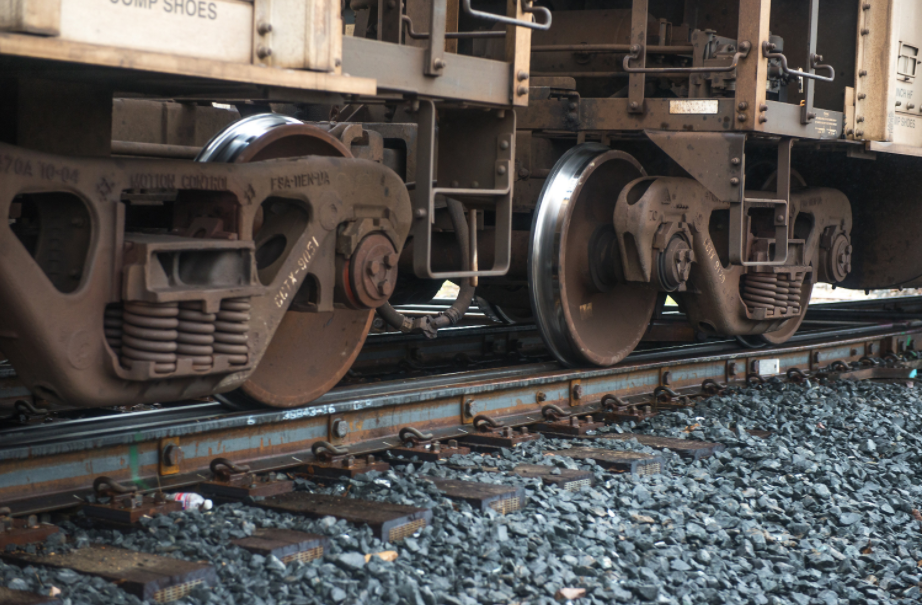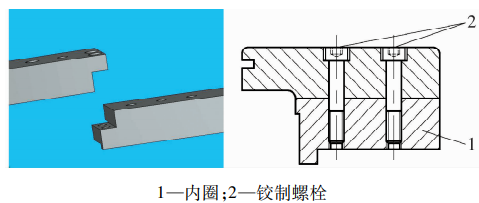Railway rolling stock Bearings
Railway rolling stock bearings refer to bearings used in locomotives and vehicles. Bearings on locomotives include axle box bearings, traction motor bearings, transmission system bearings, bearings of the power unit and bearings of the cooling system, etc. The bearings in railway vehicles are mainly axle box bearings, and passenger car axle boxes mostly use short cylindrical roller bearings. The axle box of freight car mainly adopts tapered roller bearings. The variety, structure and performance of these vehicle bearings are basically similar to those of locomotive axle box bearings.
The locomotive wheel is connected to the locomotive body through the axle box, spring and the bogie frame. The axle box bearing directly bears the gravity on the pressure spring of the locomotive and the radial and axial impact of the steel rail on the wheel. In addition, it also transfers traction and causes Some additional loads are generated, so the axle box bearings must have a higher load-bearing capacity to withstand shock and vibration, that offer features of longer life, safety and reliability, smaller size and quality, be easy to check and maintain, etc.. Therefore, locomotive bearings are often used non-standard series of bearings to adapt to special bearing technical circumstance. There are three types of rolling bearings commonly used in locomotives.
Cylindrical roller bearings
Cylindrical roller bearings are used in most axle boxes of diesel locomotives and electric locomotives. There are two main types of bearings
1) Four-row cylindrical roller bearings The earliest used and largest number of four-row cylindrical roller bearings (type 972832) have been installed in axlebox for locomotives bearings in China country. The bearing has a high load carrying capacity and long life, and its rated dynamic load is 1445kN. Since it can only bear radial load and cannot bear axial load, a device for bearing axial force must be provided in the axle box.
2) Double-row cylindrical roller bearings Double row cylindrical roller bearings(type 982832T) are used in China’s Dongfanghong type 2, 3, 5, 21 locomotive axle boxes and Beijing locomotive axle boxes which bear radial force ,while the angular contact the ball bearings (type 146132T) bear axial load.
Spherical roller bearings
The advantage of using spherical roller bearings is that it can be designed without a tilt compensation device mounting between the axle box and the bogie frame. The axle box bearing of ND2 diesel locomotive imported from Romania is C-shaped spherical roller bearing produced by SKF Bearing Company. Its model is equivalent to domestic bearing 3G4053736KT. The rollers of this type of bearing are symmetrical, the inner ring has no outer ribs, the middle flat retaining ring can be separated, the roller and the outer ring are in line contact, the effective working length of the roller is longer, and the service life is slightly longer than that the same size of the outer profile of asymmetrical self-aligning roller bearings.
Tapered roller bearings
This type of tapered roller bearing is used double-row tapered roller bearings in locomotive axle boxes. The ND5 diesel locomotive in the United States is equipped with AP type bearings produced by TIMKEN. This type of bearing is in inch size, the commonly used bearings are B, C, D, E, F and G grades, which are used for different grades of axles.






